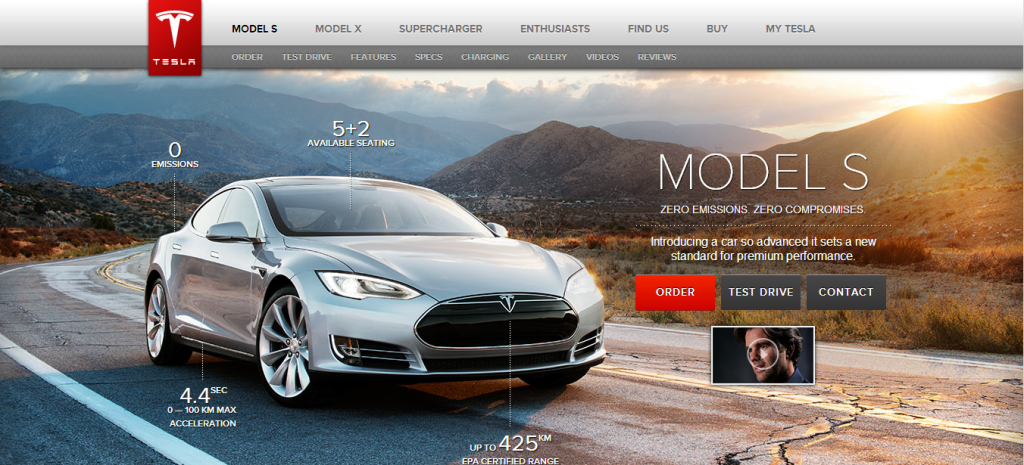Vaccinations are the community’s best defence against preventable communicable diseases. As the problem continued to grow, health practitioners and a concerned public drew attention to the issue of people who do not vaccinate. However, our default response as a society was confrontation, which backed dissenters into the corner which they continue to vigorously defend.
What’s the Real Problem
The strategy to call-out and challenge the mental fitness of those we label “anti-vaxxers” has, surprisingly, not worked well. Several reasons come to mind, which are very well summarized by Hank Green and the great people at SciShow (4 minutes 55 seconds in). If we are to successfully promote good public health practices, we need to first understand the problem.
The rise of people and children infected by diseases is a consequence of the problem. More people are getting sick because fewer people are vaccinated. But what is the cause of a falling vaccination rate?
The choice to not vaccinate is the problem. Solutions must focus on changing the outcome of this choice. Those who choose not to vaccinate do so for different reasons. A recent study sorted them into 4 broad groups, based on the source of their decision.
4 Types of Non-Vaccinators
1. Confidence: This group is comprised of individuals who have incorrect knowledge that distorts their perceived risk of immunization and weakens their trust in vaccinations.
2. Complacency: Those in this group are not concerned that the diseases to be vaccinated against pose a real danger and so do not care about immunization.
3. Convenience: These are individuals who lack sufficient willpower to vaccinate or face the inconvenience of cost and travel.
4. Calculation: This group includes people who have apparently evaluated the pros and cons of vaccination and have rationalized not vaccinating.
Now we understand a wee bit about the perspective of non-vaccinators. Excellent. Instead of berating them on the result of their perspective, i.e. the decision to not vaccinate, let’s think about influencing the perspective itself. Can we do something about this?
Fixing the Real Problem
Do not verbally attack anti-vaxxers. For starters, using the term “anti-vaxxer” is a bad idea and will immediately put someone on the defensive. Not unexpected, as the term is intended to be derogatory.
If you find it difficult to understand why a person may be dismissive of inoculation, I’d suggest reading “I thought all anti-vaxxers were idiots. Then I married one” by Adam Mongrain. It gave me much needed perspective and probably helped me keep some of my friends.
Choosing the Right Strategy
For each type of decision-maker the same paper suggested strategies to convince them otherwise. Contrary to what we may think, the Confidence group actually comprise a minority of the non-vaccinators and are difficult to engage. This insight suggests that health promotion efforts are best applied towards the Complacency, Convenience and Calculation groups.
The Convenience group faces barriers to accessing vaccines. The solution here is straight-forward and possible with improved public policy. The system must make it easier to get vaccinated, either with compensation for time or improving access to healthcare.
While waiting for policy to pass through bureaucracy, individual practitioners can try their own methods. Have people agree to inoculations ahead of time and you’ll find that commitment amounts to motivation. Reminders over the phone or text messages will help. This is much like telling a friend how you’ll be quitting smoking and asking them to check-in on you later.
The Complacency group includes young parents who have not experienced deadly outbreaks of disease and are understandably not worried enough to value inoculation. Tell them about outbreaks in the past. Explain how vaccines so reduced the danger from communicable diseases that we no longer remember to fear them today, even though many are still around.

The Calculation group are on the whole rational people who are resisting vaccination after having received misleading information. Give them clear and reliably sourced information about inoculation. Show them the likelihood of infection and explain how vaccinating themselves also helps protect their community. Trust them to factor better information into their decision.
It’s Not a Silver Bullet, But…
As much as I’d rather not raise the idea of a one-size-fits-all solution in context of a behavioural public health issue, we should be aware of a strategy that’s likely to work and can be called on easily when needed.
Give people with anti-vaccination attitudes factual information about the dangers of communicable diseases. Written or recorded anecdotes from parents of children who had contracted diseases can be effective. If you can’t get hold of any, show visual examples of the danger. Google public domain pictures of a child with measles or rubella. Photos showing the consequences of infection can appeal to the same protective instinct that created a misinformed fear of vaccines.
This method was tested by another recent study that successfully changed attitudes by making people appreciate the consequences of failing to vaccinate their children. They used information we can all access through the Centers for Disease Control and Prevention website.
The method works better than attempts to debunk vaccination myths and so may be the best strategy when engaging people in the Confidence group. They are the most difficult to persuade when attempts to counter their scientific beliefs may entrench them even further.
And, Remember
Vaccinations are a choice. Nobody anticipated that people would begin choosing to refuse vaccines because they never experienced the horrifying alternative. Their society had achieved a level of immunity that allowed most people to live their lives without seeing a large-scale outbreak of deadly communicable disease. In the past fear of death, or worse, was enough for everyone to get a vaccine the moment it became available.
I don’t think that mandatory inoculation is a long-term solution. Our community should have achieved a level of independent and rational decision-making. They are able to choose the correct solution. Holdouts must understand the danger to which they expose themselves, their children and their community. If aggressively pursuing combative verbal arguments is enough to entrench people in their mistaken beliefs, imagine the scale of fear and mistrust if vaccinations were involuntary. No, the solution must be more elegant, it must be more human.
There are many reasons people choose to be on that side of the discussion. Giving them real information and letting them make their own decision is the only way to both solve the problem and build on the fabric of society. This is the best solution available to us.
Sources:
Using Behavioral Insights to Increase Vaccination Policy Effectiveness (Policy Insights from the Behavioral and Brain Sciences)
Countering antivaccination attitudes (PNAS)











